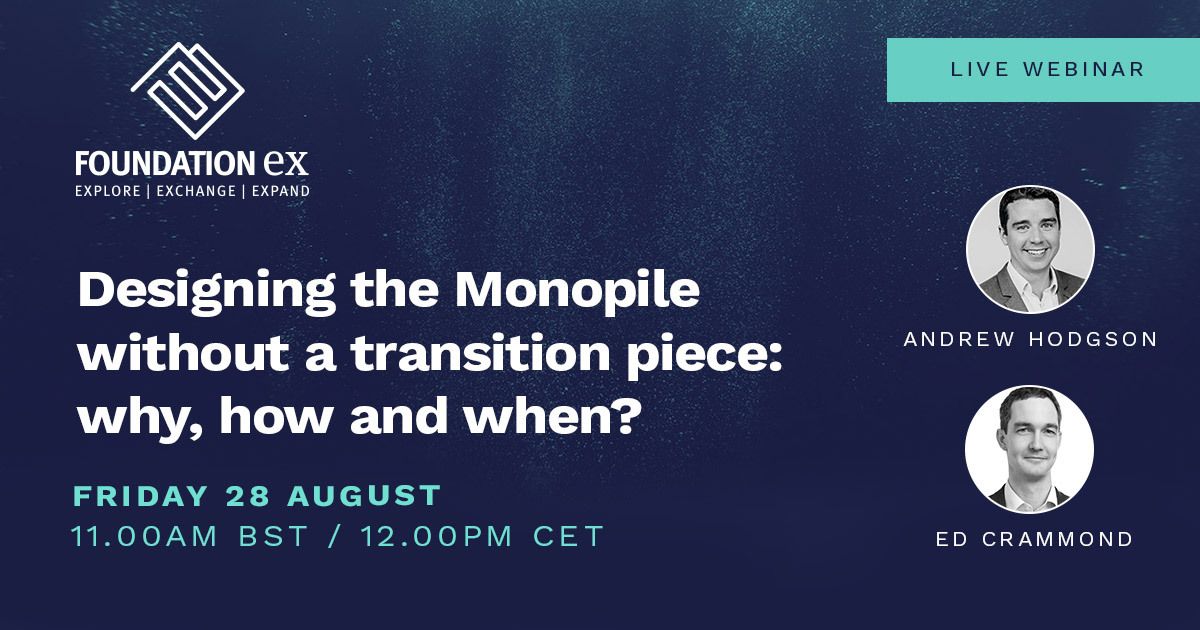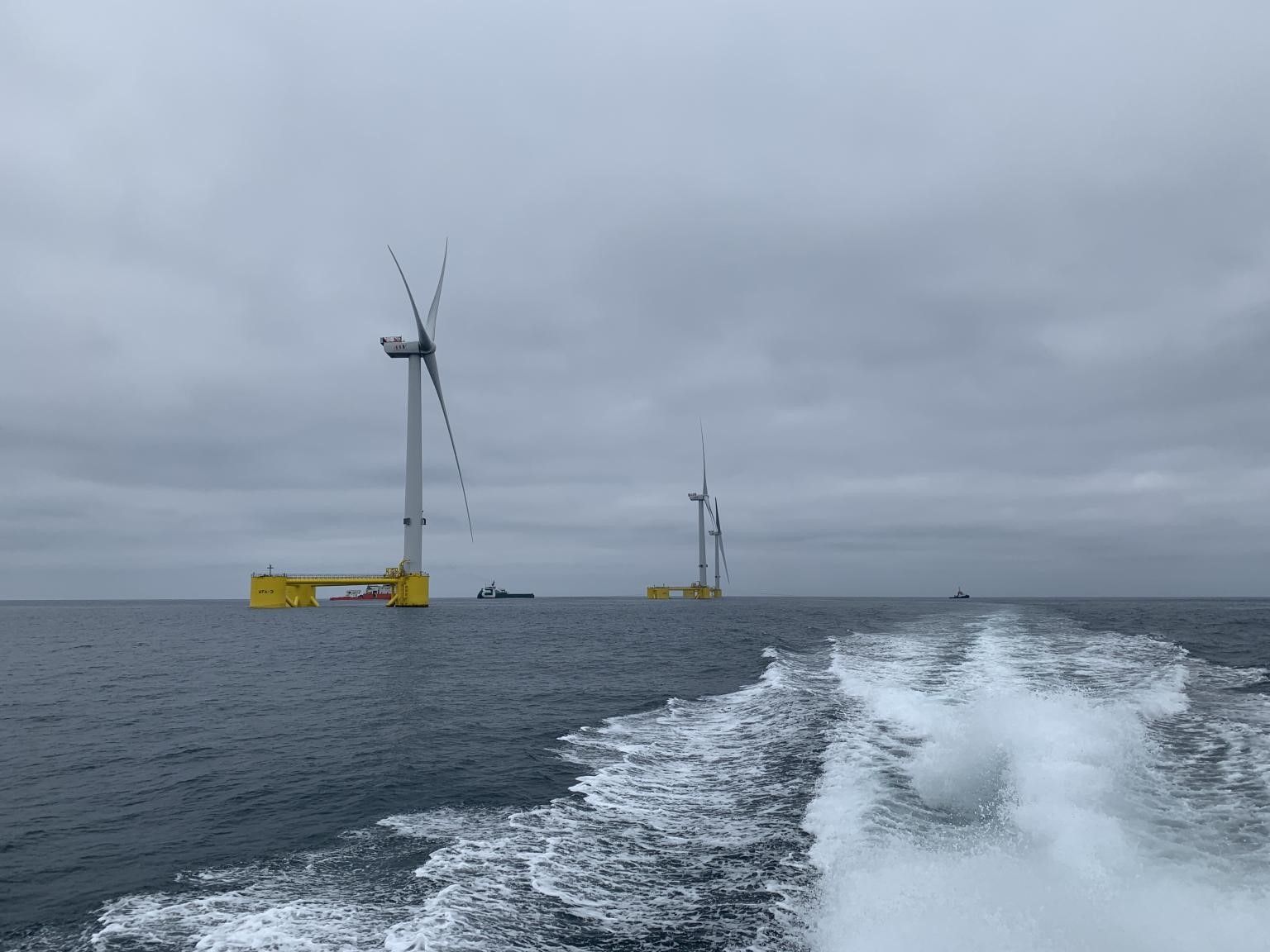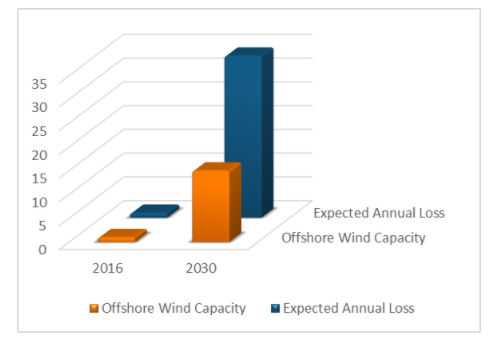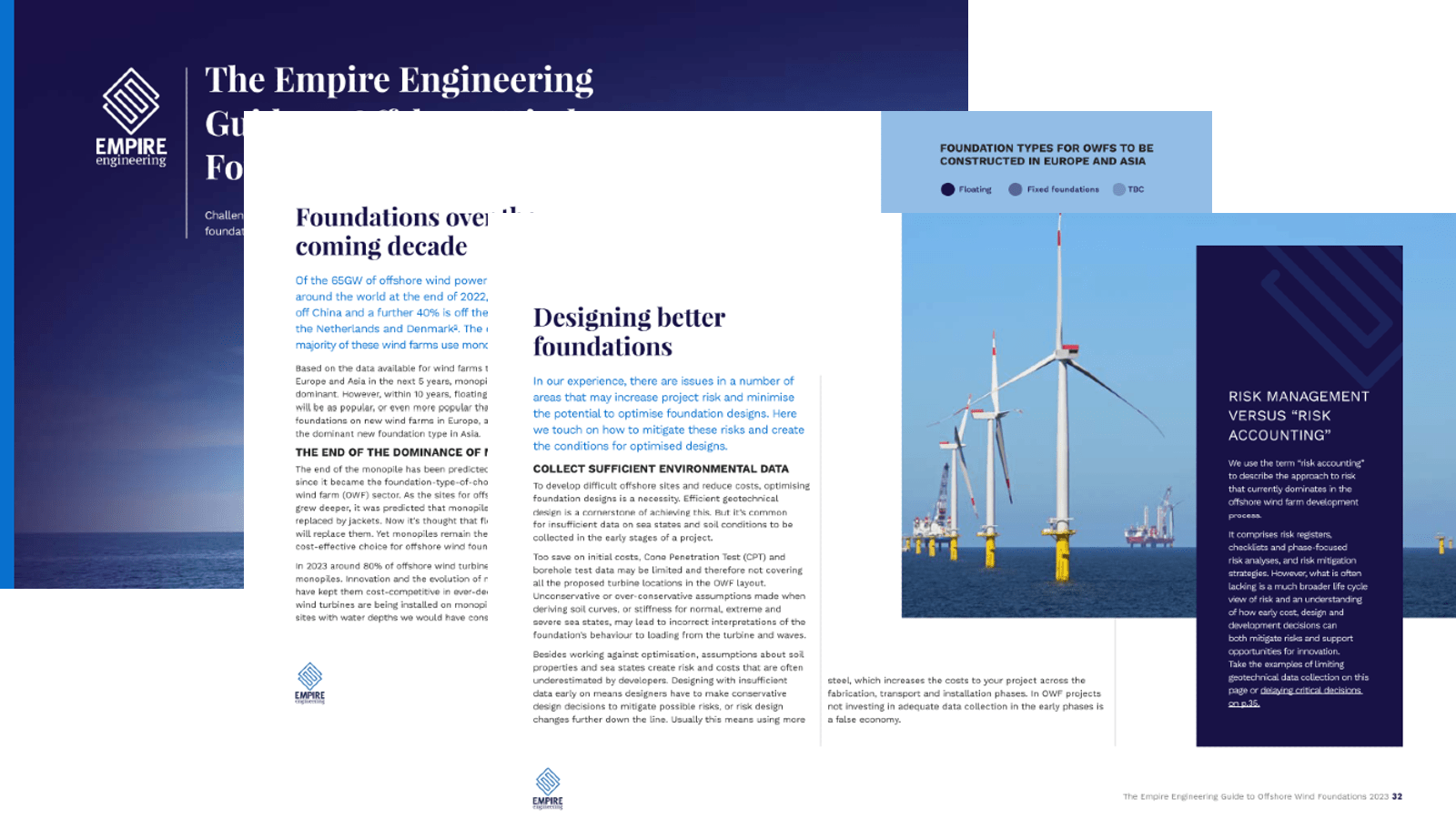By Wei-Ting Hsu.
Monopile, Jacket or floater?
Recently, Empire have provided technical advisory services to a number of offshore wind developers in both The Crown Estate England’s Round 4 and Scotland’s ScotWind Leasing Round tenders. While developing an offshore wind farm, the selection of foundation type may be the most obvious but complex question that the developers have to consider at a very early stage. The fast evolving offshore wind industry has provided plenty of options, including conventional foundation types and innovative ideas, but how do we make the decision?
There’s no doubt that under different circumstances, for example, governmental policy that incline to a certain preference, the proportion of decision-making factors will be entirely overturned. Therefore, a quantitative method to select the foundation type would be ideal to support and justify the decision making process. A register with entries breaking down each phase of a OWF life cycle will give you a clearer picture.

Offshore wind foundation types, image from de Vries, W et al
Design constraints
Firstly, what are the existing hard boundaries? Picking your foundation type from a narrower shortlist will make your life easier, so it is time to eliminate the unfeasible options.
Water depth can be a game changer as the more easily accessible shallow water sites are being exhausted in many parts of the world, and deep water may become a show stopper for some foundation types e.g. Gravity-Based Structure(GBS) and monopiles. Even though it is believed that the XXL monopiles will go up to 60-70 m water depth, extra attention needs to be paid on pile tip buckling, pile handling, transportation and storage, which can lead to excessive costs. The Jacket is now the most versatile foundation type for medium water depth (50-80 m), and the floater is gaining its competitiveness at medium water depth while being the first option when it goes to deeper area (>90 m). This is a topic that the team here at Empire have discussed at length, watch our webinar on this very subject here.
Ground conditions play an important role, such as incompetent soil can lead to excessive pile penetration, or hard layers that may limit the pile drivability. GBS or suction buckets are extremely dependant to ground condition. Therefore, it is essential to have a desktop feasibility study, ideally with several indicative borehole logs to better understand the ground condition. You certainly don’t want your suction bucket to hit a big boulder.
Break it down
From planning to decommissioning of an offshore wind farm, there are hundreds of factors to consider. Listing out the key perspectives will enable you to better understand the pros and cons of each foundation types, such as:
-
Technology Readiness Levels (TRL) / Track record: How mature is this foundation type in the industry?
-
Economies of scale: Is mass or modular production achievable?
-
Fabrication: Is specialist fabricator required? What is the local capability?
-
T&I: Are local ports feasible to store and loadout the foundation? Does it require HLV or jack-up vessel? Is seabed preparation required?
-
O&M: How accessible is the foundation for inspection?
-
Decommissioning: Can the foundation be fully decommissioned? Any environmental impact when leaving the foundation in place?
Download our Guide to Offshore Wind
Our free guide looks at the challenges and opportunities in designing and developing offshore wind foundations both now and in the future.
Compare the options
By using a systematic way to list out all the potential risks and perspectives to be considered, foundations can be assessed in a quantitative way. The weight of each factor can be adjusted based on discussion with all stakeholders hence tailored to the project.
The real question is, given your specific site, and your choice of turbine, what foundation type will yield the lowest installed cost, at the lowest risk to your project. These are the questions that Empire Engineering specialise in answering, using our concept design and analysis skills and our wealth of experience, to evaluate and identify the right foundation choice for your site.
To find out more, please get in touch with the team at Empire Engineering.




